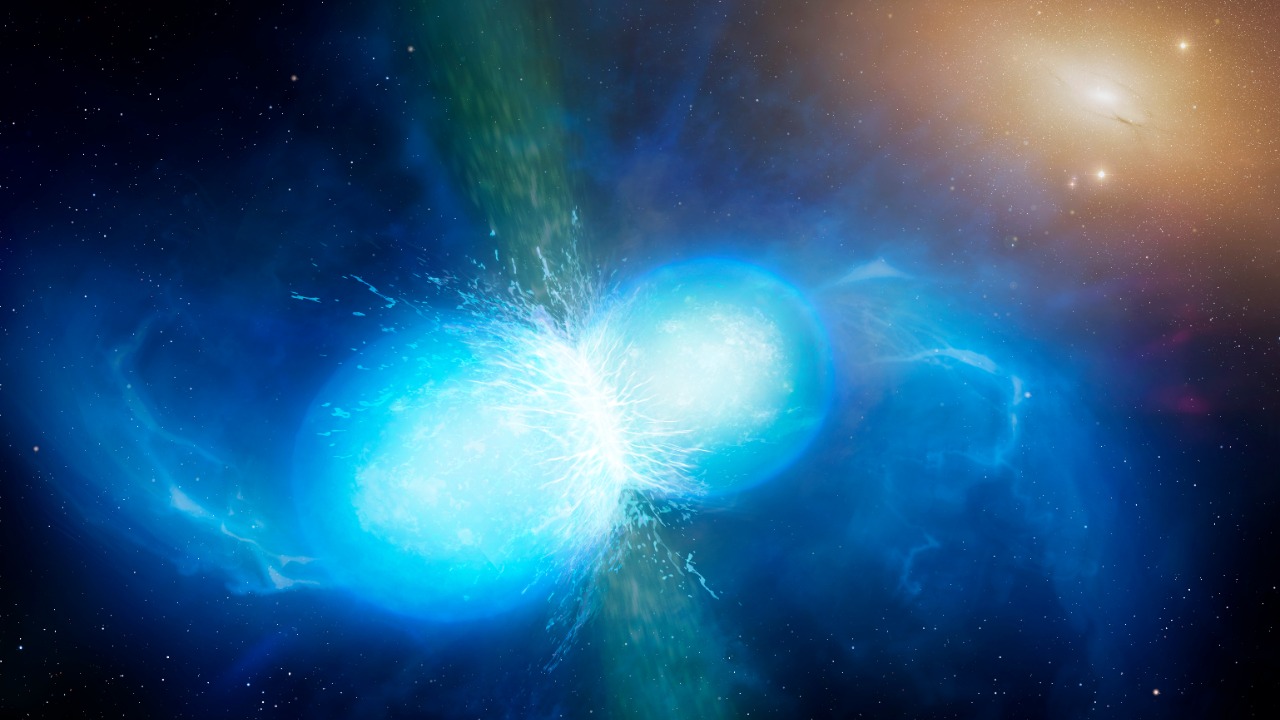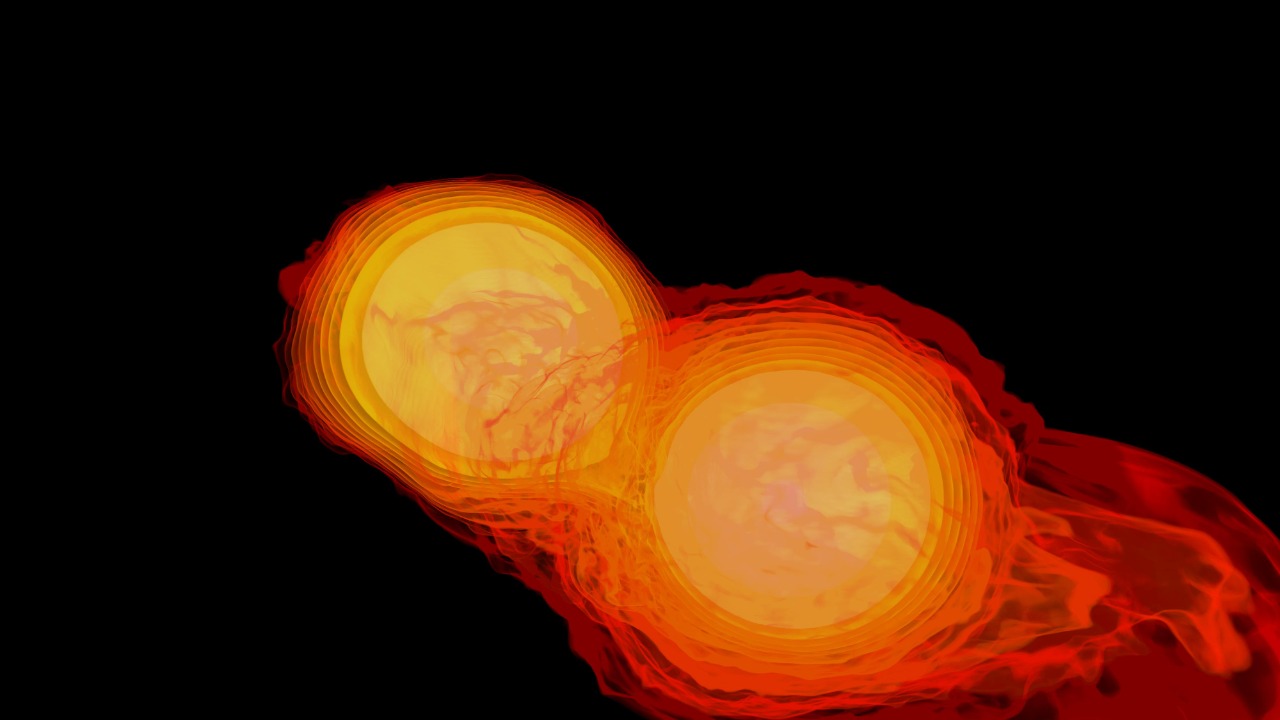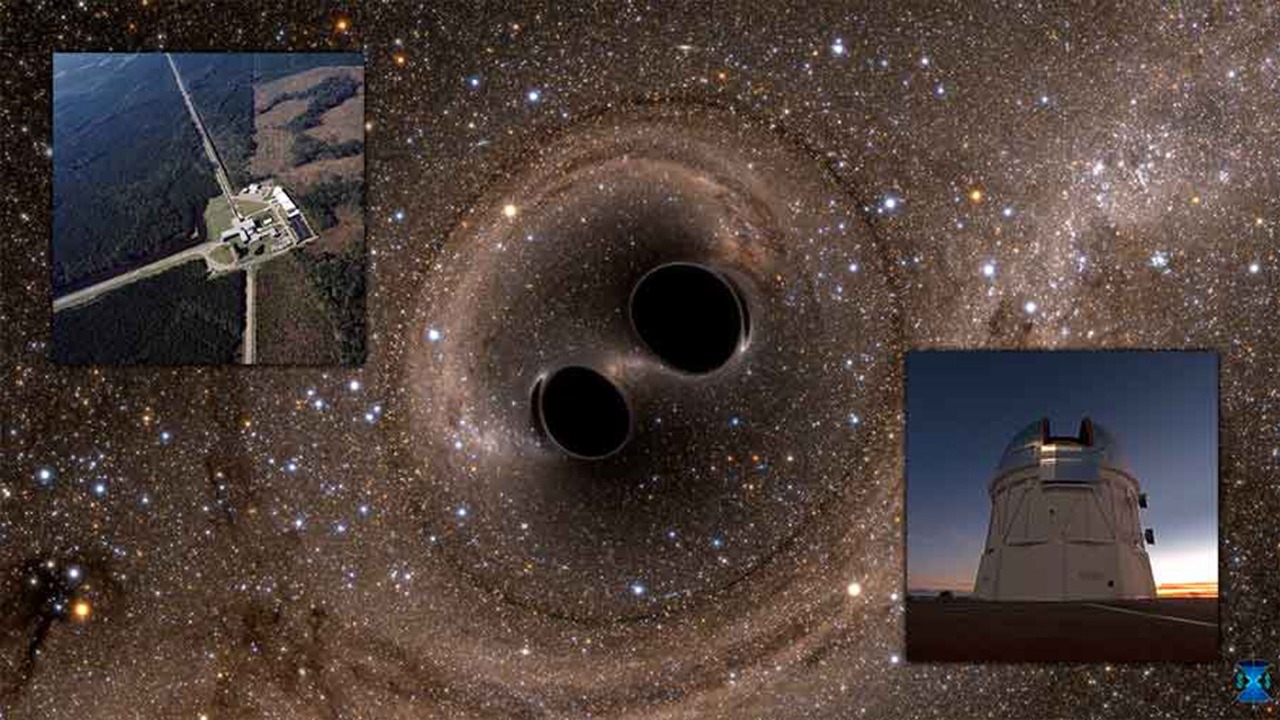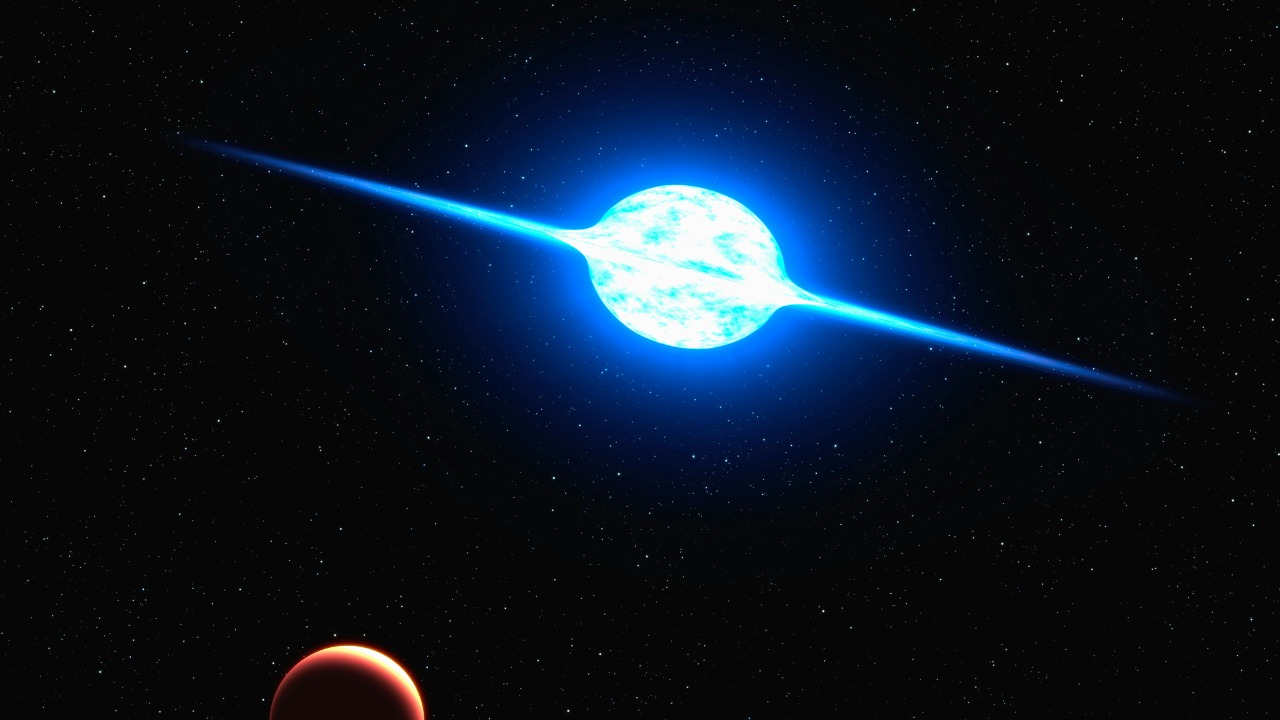
Neutron collisions are cosmic events of immense power that have the ability to forge some of the universe’s most precious elements, including gold. These astronomical phenomena provide a unique glimpse into the processes that produce heavy elements, offering insights into the astrophysical reactions that make this transformation possible.
The Cosmic Forge: Neutron Stars and Their Collisions

Neutron stars are the remnants of massive stars that have undergone supernova explosions. They are incredibly dense, with a mass about 1.4 times that of the sun compressed into a sphere with a radius of only about 10 kilometers. This extreme density results in a gravitational force so strong that it crushes protons and electrons together to form neutrons, giving these stars their unique name. Neutron stars are crucial actors in cosmic events, including the creation of heavy elements, due to their dense nature and the intense gravitational forces they exert.
The collision of neutron stars is a cataclysmic event that releases enormous amounts of energy. These collisions occur when two neutron stars orbit each other and gradually spiral inward due to the emission of gravitational waves. As they collide, the resultant explosion, known as a kilonova, creates conditions ripe for nucleosynthesis. These collisions can vary, sometimes involving two neutron stars or a neutron star and a black hole, each leading to different cosmic phenomena and resulting in the synthesis of heavy elements.
Nucleosynthesis: The Creation of Heavy Elements

The rapid neutron capture process, or r-process, is a critical mechanism in the creation of heavy elements during stellar explosions. This process involves the rapid absorption of neutrons by nuclei, which then undergo beta decay to form new elements. During neutron star collisions, the r-process occurs under extreme conditions, facilitating the formation of elements heavier than iron, such as gold. The intense heat and pressure generated in these events enable a high rate of neutron capture, essential for the creation of these heavy elements.
The astrophysical conditions necessary for nucleosynthesis during neutron star collisions are unique. Unlike supernovae, where elements are also formed, neutron star collisions provide a richer environment for the r-process due to their higher neutron density and energy levels. Comparatively, supernovae can also produce heavy elements, but the specific conditions of neutron star collisions make them particularly efficient at generating elements like gold, which require a high neutron flux.
Observational Evidence and Research

Detecting neutron star collisions has become increasingly feasible due to advancements in technology. One of the primary methods used by astronomers is gravitational wave detection, which allows us to observe the ripples in spacetime caused by these massive cosmic events. Instruments like the Laser Interferometer Gravitational-Wave Observatory (LIGO) have been pivotal in capturing these signals, offering crucial data on neutron star mergers and the elements they produce.
Recent studies have provided valuable insights into the creation of heavy elements during these collisions. For instance, research published in Physics Review has detailed the processes involved in neutron star mergers, while findings from MIT News highlight how these events are a goldmine for heavy element creation. Such studies contribute significantly to our understanding of cosmic nucleosynthesis, expanding our knowledge of how elements like gold are formed in the universe.
Implications for Science and Industry

The study of neutron star collisions and the resulting formation of gold has profound scientific implications. It enhances our understanding of the processes that govern the universe, offering insights into the fundamental forces and reactions that shape cosmic events. This research has far-reaching impacts on fields such as astrophysics and cosmology, providing a deeper comprehension of the universe’s evolution and the role of neutron star collisions in it.
Beyond scientific exploration, these discoveries hold potential economic and technological impacts. Understanding the mechanisms behind gold formation in neutron star collisions could influence future mining and material sciences. The knowledge gained could lead to innovative approaches in resource utilization on Earth, potentially transforming industries reliant on precious elements. Moreover, the ongoing research into cosmic element creation continues to inspire technological advancements, driving the development of new methods and tools in scientific inquiry.
Future Prospects in Neutron Star Research

Technological advancements are playing a pivotal role in advancing neutron star research. Future missions, such as the European Space Agency’s LISA (Laser Interferometer Space Antenna), aim to expand our capability to detect and study gravitational waves from cosmic events. These efforts, combined with international collaborations, are crucial in pushing the boundaries of our understanding of neutron stars and their collisions.
The future of neutron star research holds promising prospects for expanding the frontier of astrophysics. As we continue to explore these cosmic phenomena, new discoveries and theories are likely to emerge, offering fresh insights into the universe’s mysteries. The importance of interdisciplinary approaches cannot be overstated, as they enable a comprehensive understanding of neutron stars and their role in the cosmic landscape. By integrating knowledge from various scientific fields, we can unravel the complexities of these fascinating celestial objects and their contributions to the universe’s elemental composition.